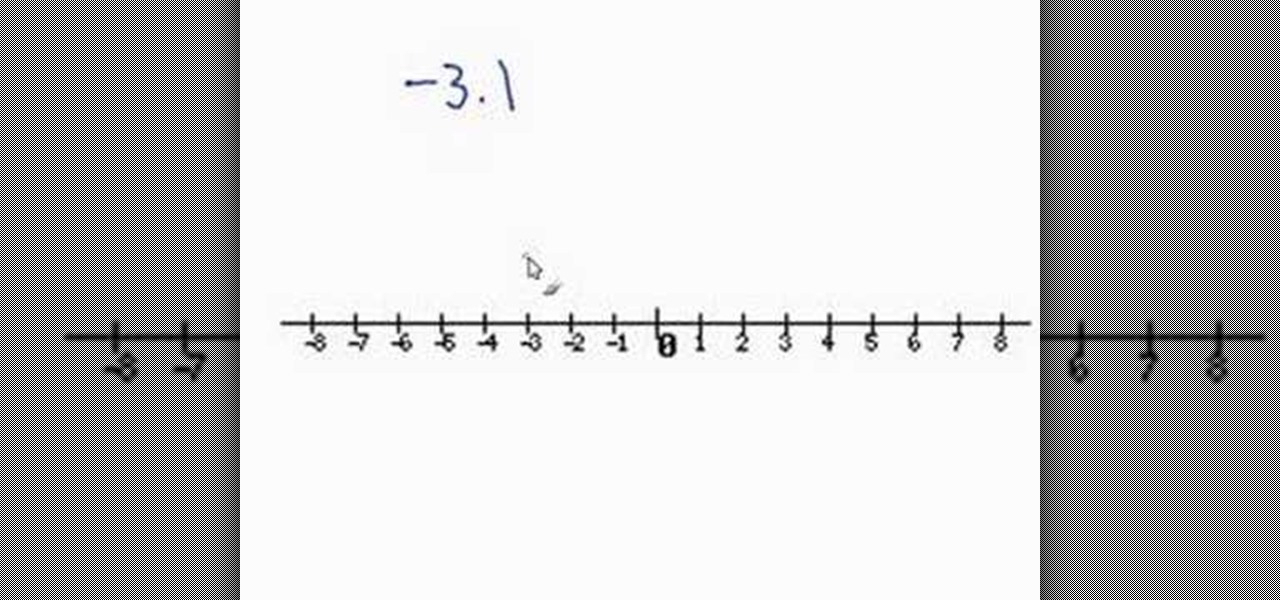Plot 9/10 And 1 2/5 On The Number Line
- Equivalent Fraction
- Introduction
- Understanding Equivalent Fractions
- Equivalent Fractions
- Introduction to Simplifying a Fraction
- Simplifying a Fraction Advanced
Answers answer: the answer for that is 22/3 Plot 6, 2, and -9 on the number line. How do we plot 3/7 on the number line? Firstly, we will divide the line in seven equal parts and then number each point of division from 0 to 1 in a 1/3, 2/3 and so on. And then, the 3/7th part of the line is the answer. Rewrite all fractions so that they each have the same denominator 2. Change all fractions into their decimal equivalent. Plot the fractions on a number line - 1. Rewrite all of the fractions so that they each have the same denominator (just as you would if you were adding or subtracting the fractions) 1/6, 1/4, 1/3, 1/2, 2/3, 3/4, 5/6.
To determine whether a point is on a line, simply plug the points back into the equation. When we plug in (2,7) into the equation of as and respectively, the equation works out, which indicates that the point is located on the line. A number line is usually horizontal with zero in the middle. As you move to the right the numbers are positive and increase. As you go to the left, the numbers also increase and get more and more negative. In the applet above, adjust the arrow left and right to see this. The arrows on each end of the line indicate that the line actually goes on.
- Plotting & Ordering Fractions
- Fractional Position on a Number Line
- Plotting Fractions on a Number Line
- Ordering Fractions With The Same Denominator
- Ordering Fractions With The Same Numerator
- Using a Common Denominator to Order Fraction
- Selected Reading
A number line is a straight line with a 'zero' point in the middle, with positive and negative numbers marked on either side of zero and going on indefinitely. Here we plot fractions and mixed numbers on the given number line. The given number line has each of its units divided into a number of fractional parts. We identify the whole numbers between which the given fractional number lies and the fractional part it represents. Then we plot the given fraction on the given number line.
Plot 9/10 And 1 2/5 On The Number Line Numbers
Plot 1$frac{1}{2}$ and 2$frac{4}{6}$ on the number line below
Solution
Step 1:
We must first count the number of parts between 0 and 1.
We find that the marks divide 1 unit into 6 equal parts. This means that the marks are 1/6 of a unit apart.
Step 2:
1$frac{1}{2}$, lies between 1 and 2. Because 1$frac{1}{2}$ = 1$frac{3}{6}$. The point representing it is 3 marks to the right of 1.
Step 3:
2$frac{4}{6}$, lies between 2 and 3. The point representing it is 4 marks to the right of 2.
Plot 2$frac{3}{8}$ and 1$frac{1}{4}$ on the number line below
Solution
Step 1:
We find that the number line between 0 and 1 is divided into 8 parts.
Step 2:
We plot 1$frac{1}{4}$ as 1$frac{2}{8}$, two divisions after 1.
Step 3:
We plot 2$frac{3}{8}$ as three divisions after 2.
Ordering FractionsAnswer
Yes. The seven fractions in the problem statement are properly arranged from least to greatest.
There are three good ways to help you arrange any fractions from least to greatest:
1. Rewrite all fractions so that they each have the same denominator
2. Change all fractions into their decimal equivalent.
3. Plot the fractions on a number line
-----------------------------
1. Rewrite all of the fractions so that they each have the same denominator
(just as you would if you were adding or subtracting the fractions)
1/6, 1/4, 1/3, 1/2, 2/3, 3/4, 5/6
(1/6) × (2/2) = 2/12


(1/4) × (3/3) = 3/12
(1/3) × (4/4) = 4/12
(1/2) × (6/6) = 6/12
(2/3) × (4/4) = 8/12
(3/4) × (3/3) = 9/12
(5/6) × (2/2) = 10/12
when the fractions all have the same denominator, they can easily be arranged from least to greatest
2/12, 3/12, 4/12, 6/12, 8/12, 9/12, 10/12
Therefore:
1/6, 1/4, 1/3, 1/2, 2/3, 3/4, 5/6
2. Change all fractions into their decimal equivalent.
(1/6) = 0.1666666667
(1/4) = 0.25
Plot 9/10 And 1 2/5 On The Number Line 3/4
(1/3) = 0.3333333333(1/2) = 0.5
(2/3) = 0.6666666667
(3/4) = 0.75
(5/6) = 0.8333333333
the decimal values can easily be arranged from least to greatest
0.1666666667, 0.25, 0.3333333333, 0.5, 0.6666666667, 0.75, 0.8333333333
Therefore:
1/6, 1/4, 1/3, 1/2, 2/3, 3/4, 5/6
3. Plot the fractions on a number line
Thanks for writing.
Staff
www.solving-math-problems.com